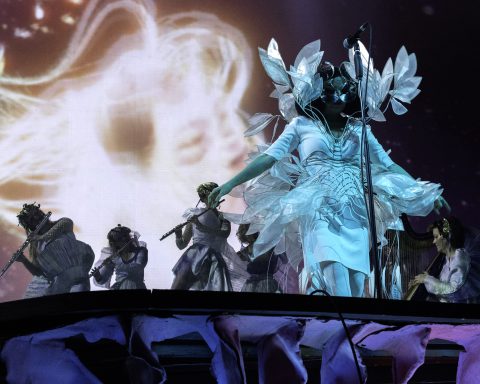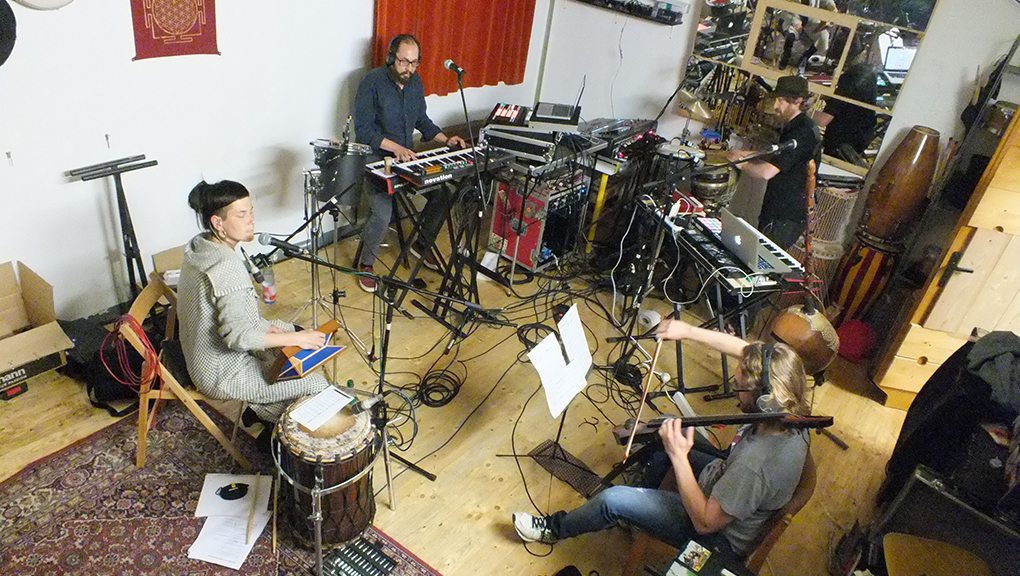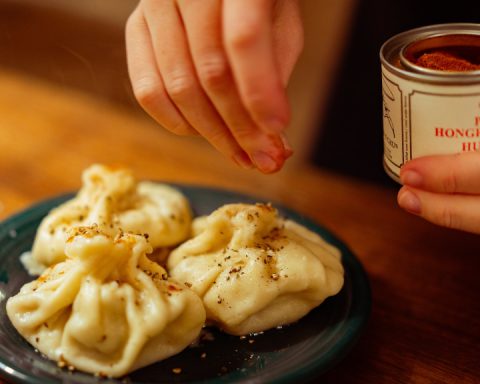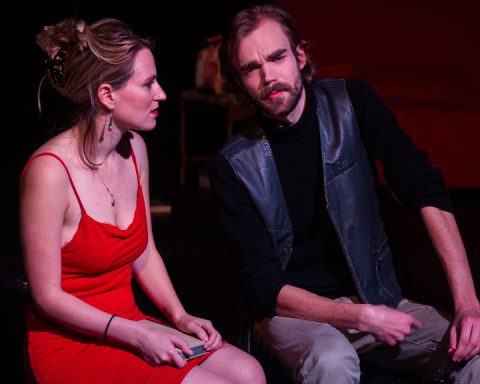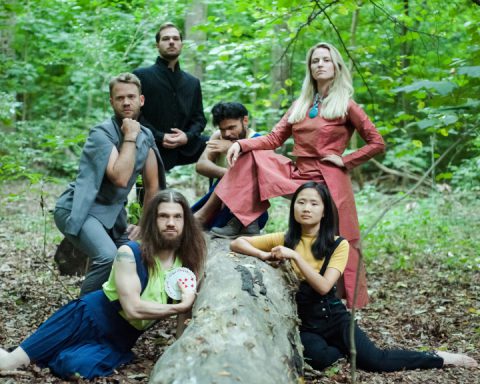When the fourth season of Orange is the New Black came out, I watched all 13 episodes at once. There’s a major spoiler you very easily come across if you Google the series, so I recommend you don’t. Just watch the trailer to have a little taste, and take the plunge.
https://www.youtube.com/watch?v=c6O9rfoz0f8
I won’t give a lot away here, but I hope it’ll help interest you in the series.
While at it, I realized I’ve grown pretty emotionally attached to the characters in the Netflix series. I cried hysterically (but I won’t tell you exactly why). It reminded me of my experience reading the book The Agony and the Ecstasy as a teenager: I knew that Michelangelo would die, but his death left a big hole in my chest for a whole day. I’d been reading the novel everyday for weeks, getting to know his routine, idiosyncrasies, the “backstage” of his genius; and then it was all over, he was taken from me.
Similarly with Orange is the New Black, I know a lot of the characters will go away. (And there are so many that you’re sure to fall in love with at least one.) They’ll either be transferred to the maximum security prison, or be released, or escape, or die.
The threat of losing someone in whom fans have invested a lot of time and emotion looms larger with every Orange episode.
This threat looms even larger throughout Season 4.
But this didn’t prepare me for the loss that was to come. It was the loss of an Orange character to whom I could deeply relate.
This brings me to another similarity between the Orange series and The Agony book: Art or entertainment can present the “untouchable” as the human beings they are. Above any social label.
Michelangelo is “untouchable” because of his status as one of humankind’s top geniuses. Felons can be “untouchable” because of an unforgiving society. They are divorced from their humanity in different ways. But in art’s imitation of life, I could find a bit of myself in both Orange and The Agony. As a (relatively) normal person.
I will never be Michelangelo, but he used to get sad, and he used to get happy, and so do I. However obvious it may sound, I wouldn’t have thought about that or thought about him that way if I hadn’t read the biographical novel.
I also hadn’t thought about prison much, if at all, before now. I could have landed in a place like Litchfield Women’s Prison, where most of Orange plays out, if a few details in my life in the U.S. had been different.
Maybe if I’d had that one extra beer and driven, been caught lifting a bra from a store as a dare, been at the wrong party at the wrong time, fallen in with a tricky cause or with a drug dealer… the possibilities are endless for taking that one false step, or series of steps, that can critically alter our lives.
Even without ever having been to prison, I grieve for the loss of innocence portrayed, and for my own as the years have passed and illusions dissolved. I grieve for the fleeting, unrepeatable moments of pure bliss we’ve all experienced, often in stark contrast with reality.
Litchfield throws that in our face and forces us to stare at it.
I’m not trying to say Orange is totally faithful to what it’s like in prison; in fact, people have criticized it for not being so. My point is, rather, that I think it does make us reflect on the lives and fates of people in prison, and even our own.

Orange incites us to see the inmates as multifaceted people, not solely defined by their crimes or the length of their sentences.
It also presents us a microcosm of what U.S. society is like: diversity in segregation. Pervasive labels, cliques and gangs, felt since the first day of middle school. The “Hillbillies,” the “Latinas,” the “Blacks,” the “Jews,” the “Crazies.” The alliances shifted and remade. The judging and branding (and quite literally so in Orange).
The excellent writing in the series by Jenji Kohan shows that a lot of these women had “normal” lives that didn’t fit the stereotypes for inmates. The script gives them flesh and then molds it, season after season, until it’s almost unrecognizable, their prison personas increasingly divorced from their past lives outside.
The protagonist, Piper Chapman (Taylor Schilling), is based on a real-life white, well-off, college-educated woman named Piper Kerman. (Of course, most inmates don’t get to piece their lives back together quite as successfully as she did, or to stay locked up as briefly as she did.) Chapman lands at Litchfield after getting in too deep with the darkly sexy Alex Vause (Laura Prepon). She was young and reckless and had no clue how deep her lover had gotten into the drug business…
“Taking steps is easy, standing still is hard…”
But now back to Season 4 itself.
It already starts with a death, and with inmates you would’ve thought incongruous working together to cover it up. There are extremes of racism and of business-related rivalries. Tensions are mounting fast, and you start seeing the very best in terms of kindness, solidarity, love and self-sacrifice, and the very worst in terms of cruelty and violence. Sometimes all these seem to be happening together.
Things are routinely ambiguous; orange is the new gray area.

Particularly fascinating to me has been the case of “Pennsatucky” (Taryn Manning), a character I didn’t like for at least the first two seasons. She has managed to surprise me with every step of her transformation in prison.
There is such a bounty of good actresses playing complex, captivating characters that Chapman has practically become secondary.

In Season 4, you’ll keep seeing unlikely alliances form, leaders brought to their knees and others coming to prominence. You’ll watch as unfairness, detachment, greed and corruption of values all spiral out of control. You’ll meet Litchfield’s Martha Stewart. You’ll want to punch the character of Joe Caputo (Nick Sandow) in the face at least a couple of times. Prison life has changed not only the inmates.
You’re going to wish the old guards, as bad as they were, would come back.
In other words: Shit’s getting dark. The last two episodes will put you on the edge of a precipice, but behind glass. You’ll peek down and know what’s probably down there for those about to be pushed.
Expecting the worst, you’ll still be hoping for a happy, redeeming outcome for the characters you’ve gotten to know, and learned to love. (Though, for some, orange is not the new black.)
UPDATE 27/07/2018: Season 6 is out now.

